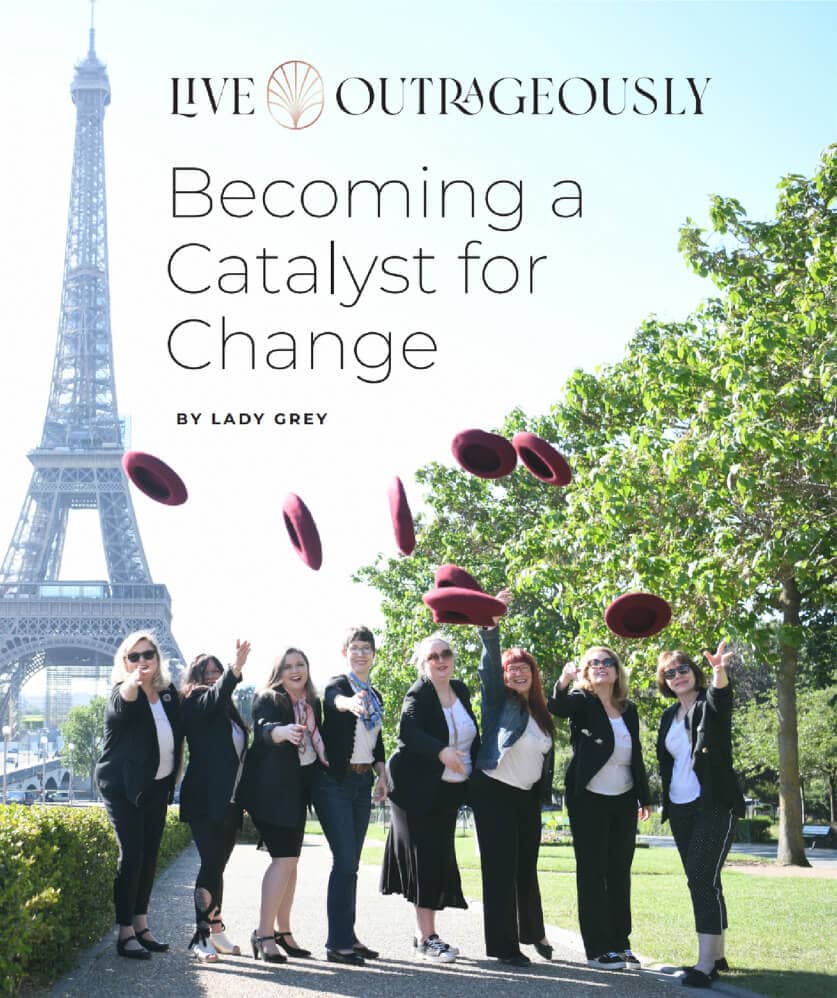Table of Contents
Why awaken your crucial creativity?
Books don’t write themselves.
Inventions don’t invent themselves.
Music doesn’t compose itself.
Every great achievement the world has ever seen has been the product of creativity.
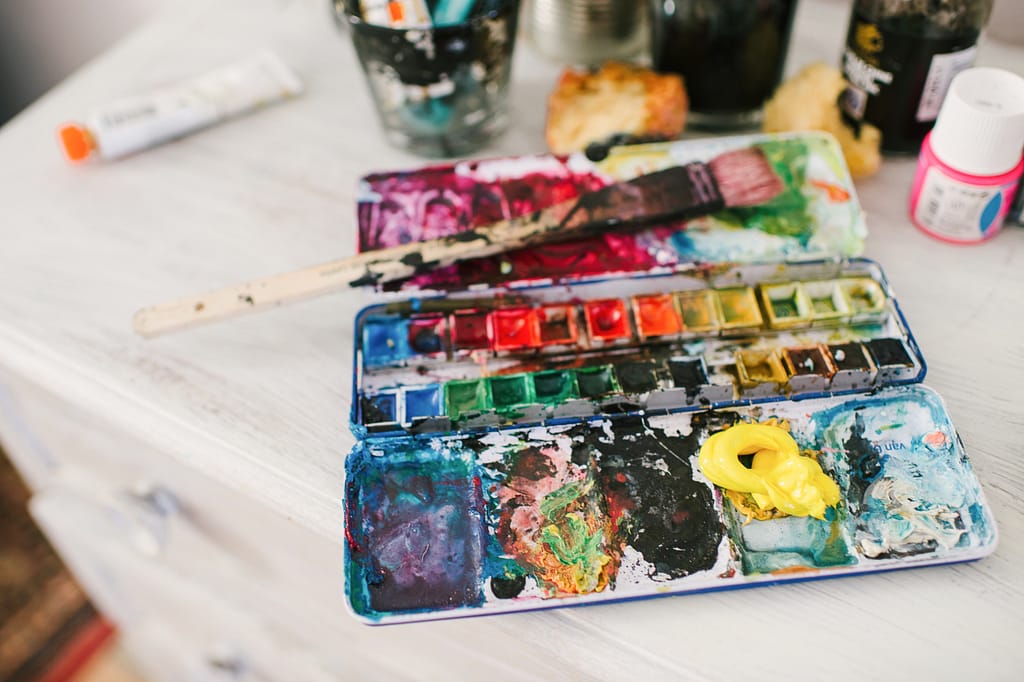
Creativity leads to innovation, out of the box thinking that provides solutions to problems and leads to new discoveries that benefit not only society. Creativity can also provide a positive outlet for your emotions and ideas. It is also essential for personal growth and development. It allows us to push past our self-imposed limitations and express our true selves in a unique way—it can help us understand ourselves better, gain insight into our experiences, and even find joy in the mundane through our imagination.
Awakening creativity is therefore critical to the future of our society as well as to our own personal evolution as women.
Benefits of creativity
Awakening creativity can open doors to a world of opportunities and possibilities. To survive automation everyone knows that tomorrow’s job are going to depend on “creative problem solving”. By unleashing our creative potential, we gain access to new insights, ideas, and solutions that would otherwise remain hidden. Our creative awakening can allow us to look at the same problem or challenge in entirely new ways, allowing for innovative breakthroughs.

Creativity is not only a valuable skill, but also one of the most enjoyable activities we can engage in. It’s a form of self-expression that lets us tap into our imagination and let it run wild. We can explore different perspectives and come up with solutions that might never have occurred to us before. We need creativity in our personal lives, whether its transforming a near-empty fridge into a magical dinner for the kids, or creating a heartfelt budget friendly birthday gift.
Acknowledging and embracing this crucial creativity can also boost our self-confidence and help us develop a sense of ownership over our ideas. It can provide the motivation to pursue goals we may have thought impossible before, inspiring us to take risks and innovate in new directions.
Through awakening our creative potential, we can learn to dance again and explore the depths of our imagination. In doing so, we can unlock a world of innovation and discovery that may have been previously out of reach. With a little creativity and courage, there’s no telling what you can achieve!
Challenges to awakening crucial creativity
So why is this so hard? If awakening creativity is such a valuable skill, why is it so difficult to do?
In short, our brains are hardwired to maintain familiar patterns of thinking and behavior. As humans, we have an innate desire for ease and comfort; when faced with something unfamiliar or challenging, our minds will often default to what’s comfortable and safe. This can inhibit our ability to explore new ideas and come up with innovative solutions.
Another challenge is the vastness of our minds. Creative awakening requires us to step outside of our comfort zone and venture into unexplored territory – an intimidating task when we’re not sure what lies ahead! It also requires a certain level of discipline and focus, as it can be easy to get distracted in the face of new ideas and possibilities.
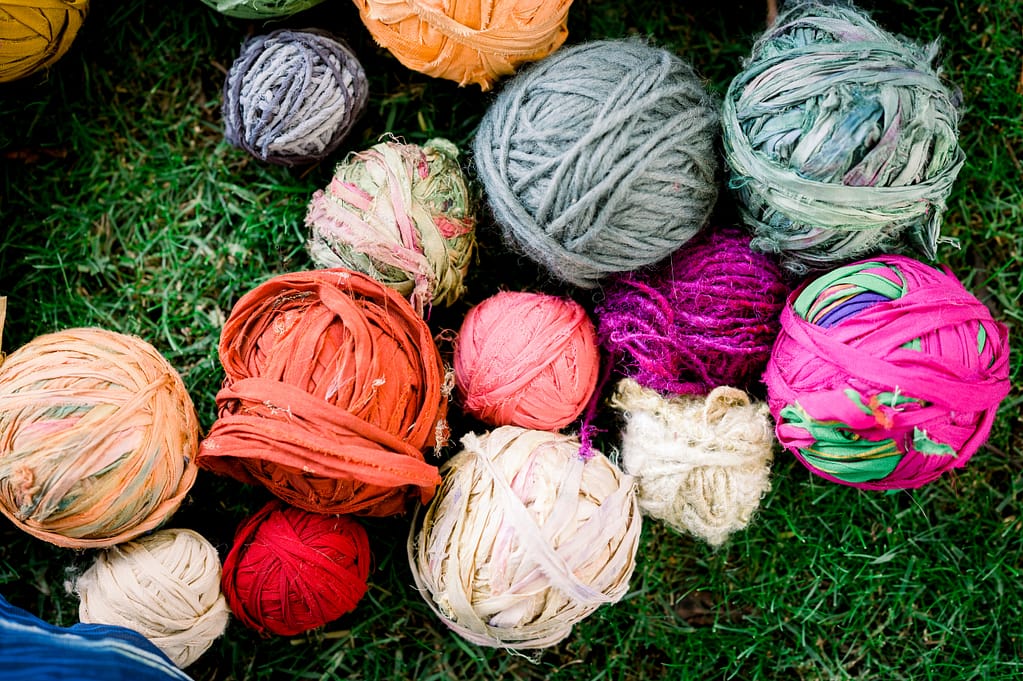
Fortunately, awakening creativity is a skill that can be developed with practice. By challenging ourselves to think differently and pushing ourselves outside our comfort zone, we can learn how to tap into our creative potential and explore all that our minds have to offer.
The importance of imagination
The only limit to our creativity is our imagination.
To unleash our creativity, we must push beyond the limits of traditional thinking and enter a realm where anything is possible. Imagination provides us with an invaluable resource to break through any barriers that stand in the way of progress and create solutions that have never before been seen. Innovation often begins with imagination as it encourages us to think outside the box, generating new truth and new beauty and to reconnect with a part of ourselves that can revolutionize the way we’ve been doing things.
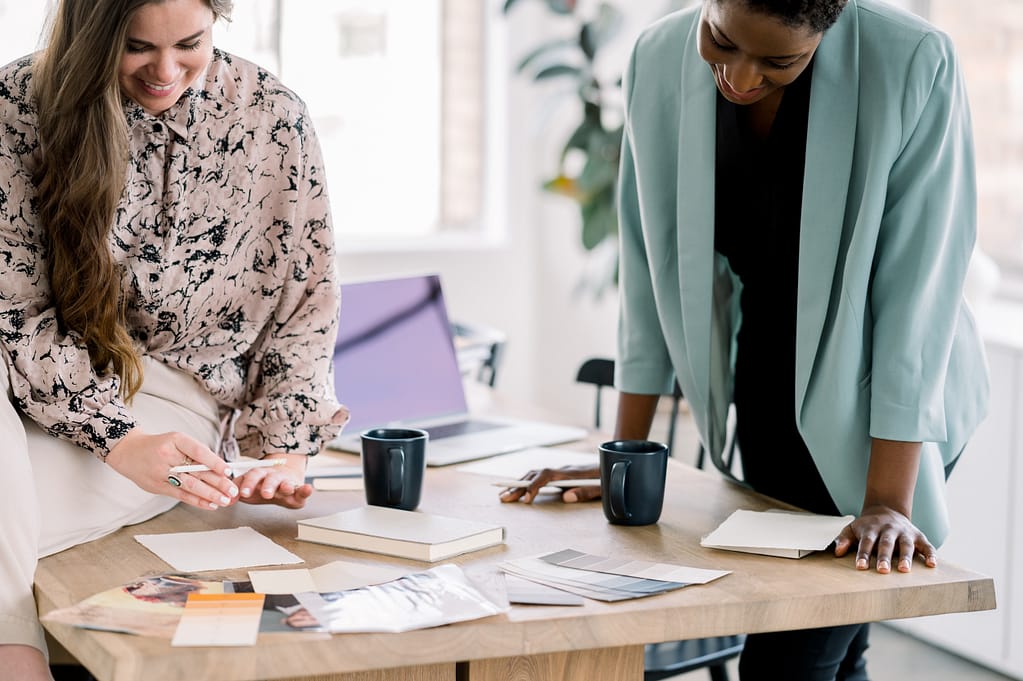
So what went wrong? How did we suddenly find ourselves in this weird place where we default to the safe and familiar, instead of leaning into our imagination?
How traditional education squelches innovation
I’ll tell you my theory. In the 1960’s a highly respected Pulitzer Prize winner, Dr. George Land, was commissioned by NASA to design a “divergent thinking” creativity test. All of this was due to the space race and wanting to separate the contenders from the pretenders who were applying to become the best and brightest rocket scientists and engineers. Ultimately, the test was a boon and they were able to hire the world’s most innovative and creative thinkers and landed on the moon in 1969.
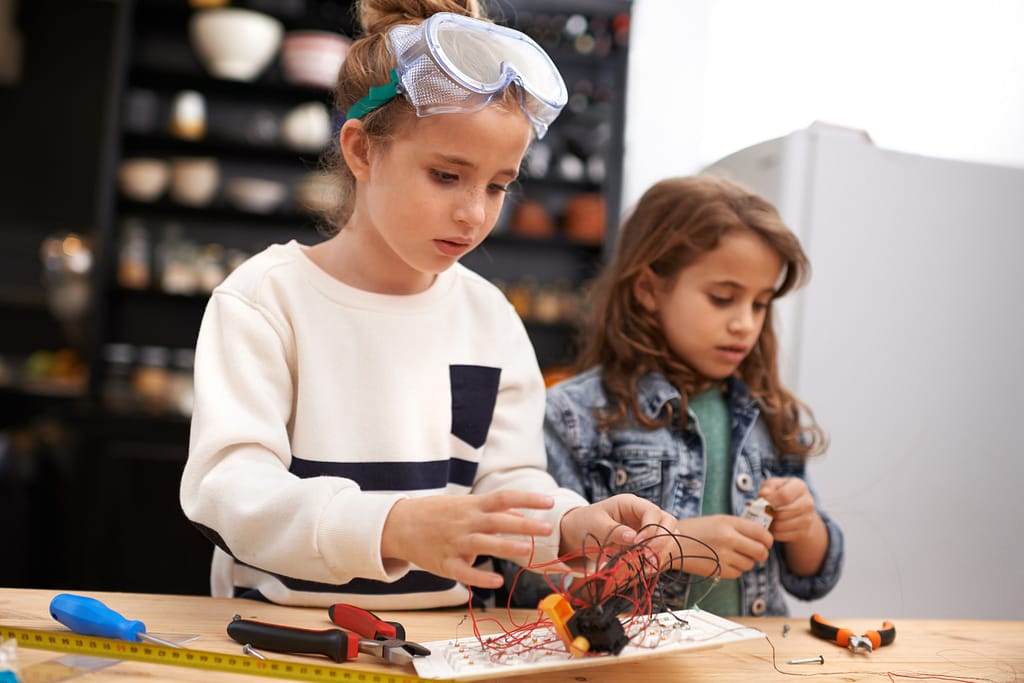
However, the test left them with a lot of question about the origin of human creativity. Was is nature or nurture or was it something else entirely? So they administered the same test to 1600 five-year-olds. A whopping 98% of the children scored at the creative genius level. As a part of a longitudinal study, the same kids were given the test five years later and 10 years later. Age age 10, only 30% of those same kids scored at the creative genius level, and by age 15, only 12% were left.
Obviously this freaked everybody out, so they decided to test adults over 25 years old. They gave the test to 280,000 people, and only 2% scored at the genius level.
“Every child is an artist, the problem is staying an artist when you grow up.”
Pablo Picasso
The truth is, our inner painter, composer, inventor, innovator, dancer, etc. gets muzzled the day we enter our highly structured, “no thinking outside the box” educational system. Traditional education provides students with a set of rules and expectations that must be followed in order for success – and failure to comply is punished with grades or reprimands. This can lead to creative stagnation, as we become too afraid to break the rules or take risks, instead conforming to what is expected of us.
Traditional education also places an emphasis on testing and memorization rather than exploration and learning. This type of environment doesn’t cultivate creative awakening, as it focuses too heavily on standardized materials that can be easily memorized instead of allowing students to explore new ideas or solutions.
Without the possibility to explore different concepts and engage in thoughtful discussions, students can start feeling overwhelmed and frustrated. Without a chance to develop their critical thinking skills or pursue their individual interests, creativity is stifled—leading them down a path of conformity rather than awakening.
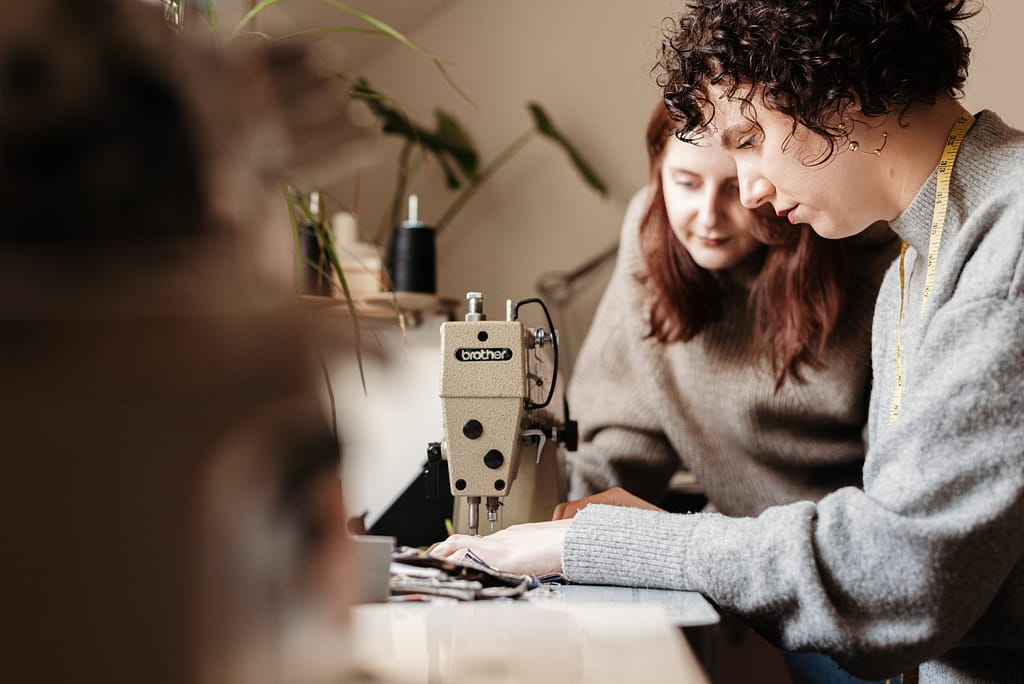
The challenge then becomes how to reawaken this creativity that has been unlearned in us? Let’s look to some of the key principles of Outrageous Living that may help us.
Principles of Outrageous Living for cultivating creativity
Core Principle: Presence
Cultivating authentic personal presence is key to awakening creativity, and can help us tap into our deepest potential. Taking time each day to be mindful and aware of ourselves can help cultivate a strong sense of self, which in turn allows us to more easily access our creative genius and express it.
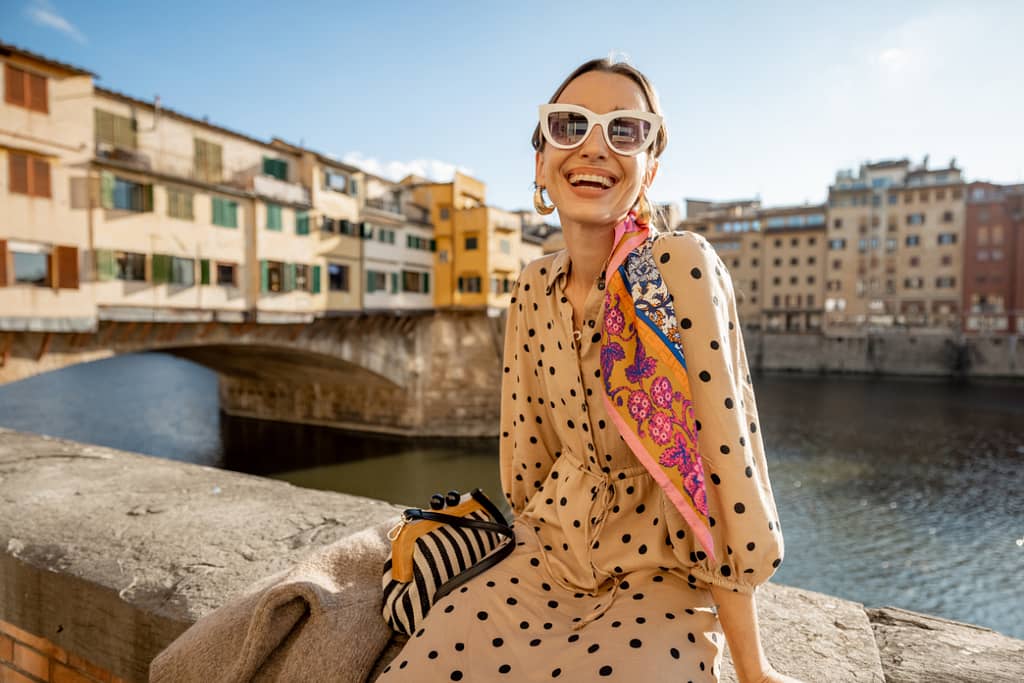
Ways to cultivate authentic personal presence and a strong sense of personal creativity include:
- Dressing in ways that express your creativity
- Practicing mindfulness and being present in the moment
- Taking time for yourself each day to focus on creative pursuits
- Developing a regular practice of journaling or doodling
- Listening to music that inspires you
So personal presence helps you connect to your creative identity and recognize the creative genius that lies within. But, like any awakening, it takes effort to fully come alive and be expressed in its fullest potential. That’s where the other principles of Outrageous Living come in.
Core Principle: Connection
Connecting with other like-minded people who share a passion for creativity and imagination can also be hugely beneficial in terms of motivation, accountability, and communal exchange of ideas.
But we also need to talk about Connection to something greater than the self can help us by providing inspiration, support, and guidance during our creative process. Connecting our creative pursuits with the greater good can help us access a deeper level of creative power and possibility. It allows us to move beyond our individual ego and tap into something timeless, something that helps give a sense of meaning and purpose and vision to our creative endeavors.

So we lean into our spiritual connection to something that inspires us, but we also have to ensure we have alignment in all aspects of life.
Core Principle: Alignment
Alignment is an essential part of creativity, and it’s important to ensure that our mind, body, and spirit are all aligned. Bringing your conscious desires into alignment with your subconscious beliefs can help you access the creative power that lies within and begin to naturally integrate your creativity into daily life.
Ways that we can make sure we have excellent mind/body/spirit alignment include:
- Consciously choosing thoughts that align with what we want to create
- Integrating physical activities like yoga or mindful movement into our lives
- Awakening the senses and embracing your sensuality
- Allowing yourself to feel inspired by the beauty around you
- Listening to your body’s cues and honoring them
- Nurturing our inner voice and intuition
Finding ways to align your creative pursuits with your values and desires is also going to lead to better motivation and a greater sense of direction when it comes to allowing creative ideas to flow.
The Great Brain Dance
And if we’re going to get very very practical about this and give ourselves the best chance at brilliance creative genius level capacity, we can look to what I call the great “brain dance”. About 10 years ago they released pictures of Einstein’s brain, much to everyone’s surprise, his corpus collosum, which connects the two sides of his brain, was incredibly thick and developed, allowing for a more robust exchange of ideas between the two sides of his brain.
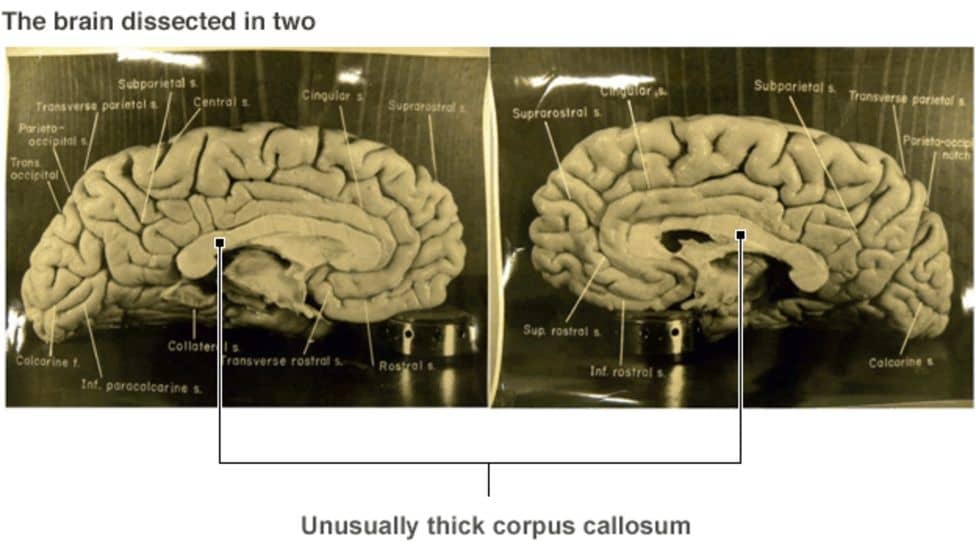
When I heard this, I asked myself, “Isn’t creativity a right brain function?”
The short answer is no. The way we now understand the brain is that creativity is a “whole brain” function and it requires a huge scale of neural networks to fire together. A UCLA School of Medicine study shows that meditation cranks up the corpus callosum making it bigger, stronger, and thicker, therefore more well-connected — as surprising as that may be.
When the two sides of the brain are working in unison on imagination exercises, highly active subnetworks suddenly work together where they don’t normally — “new idea firing”, “concept sorting” and “‘will this work’ executive function” subnetworks.
Meditation has also been shown to stimulate drivers of creativity including divergent thinking (creative uses for a paperclip), convergent thinking (which of these ideas works best), working memory (hanging on to the creative ideas so they don’t fly away), and cognitive flexibility (openness to the new idea or experience).
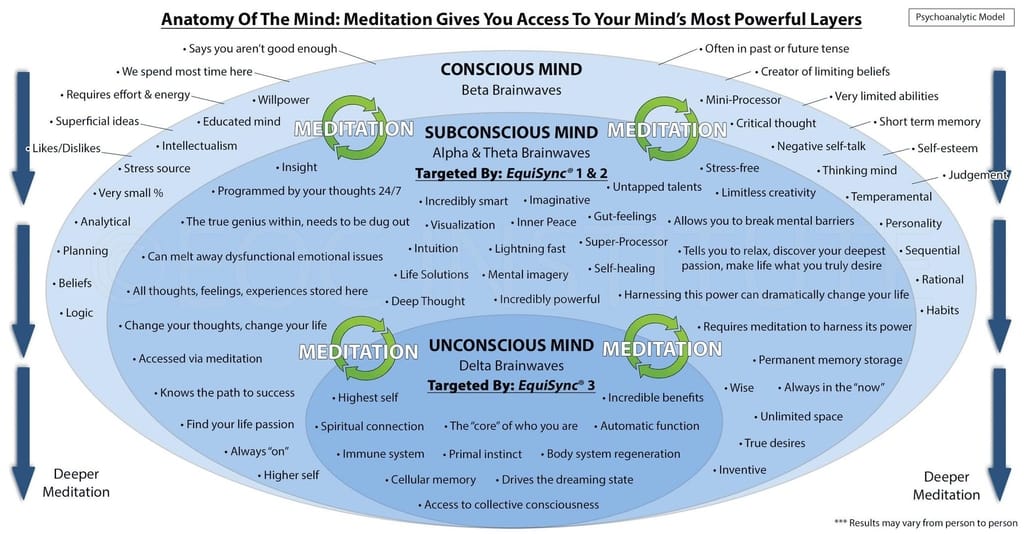
To be creative, you need to have the ability to observe, notice, and attend to phenomena that pass your mind’s eye. You may wonder, “where the hell is THAT?” It’s in your subconscious mind.
Unlocking the treasure trove that is our infinite reservoir of dreams and long lost memories and zillions of other data points where our creativity lives, requires us to quiet our monkey mind and dive deep into our far more powerful subconscious mind.
By exploring ways of meditating that take us deeper and deeper into our subconscious mind, we can improve the great “brain dance” and access the creativity that has been hidden to us under a layer of noisy consciousness.
Core Principle: Balance
And speaking of self-discovery and personal development, we need to talk lastly about balance. One of the great risks of entertaining our imagination and diving deep into our creativity is that we can easily fall into an endless cycle of ideas, overthinking, lack of action, wasting time, etc. The list of artistic and creative potholes is long and distinguished.
It’s important to remember that we’re aiming for progress, not perfection.
One of my tap dance mentors, Heather Cornell, was talking to me about improvisation. I was getting really hung up on how to “do it right”, trying all these different methods and approaches, and getting more and more frustrated. She stopped me, turned off the music, and simply said, “You have to listen to yourself with interest”.
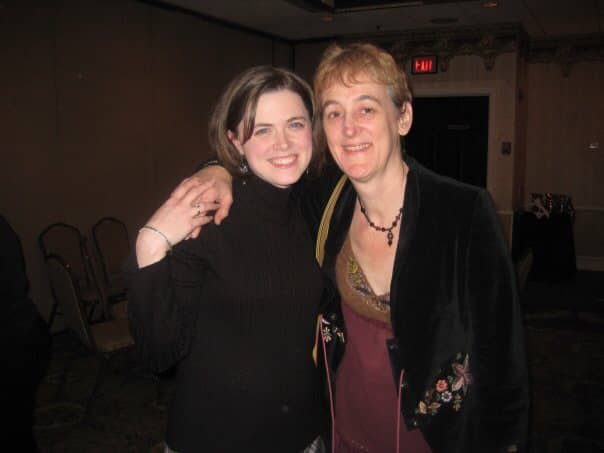

Friend, give yourself the framework and see what happens. That singular moment revolutionized my musicality as a dancer and a human being, because I was able to listen to what I had created (imperfect as it was) and respond with creative choices and changes.
Learning how to manage the balance between structure and spontaneity in creativity is another key to unlocking its potential. Establishing regular routines and practices that support the creative process is essential for exercising your creative muscle, but it’s also important to allow room for play, exploration, and experimentation. Finding harmony between the logical and creative sides of your brain, structure and spontaneity, focus and flow, can help lead to a more effective and sustained awakening of creativity that provides both framework and freedom to lean into it.
Ways to cultivate balance include:
- Learning how to recognize when you’re in the flow, so that you can stay there for longer periods of time
- Crafting creative rituals or routines that help keep things organized yet open
- Taking regular breaks from your creative process
- Allowing yourself to express your creativity without holding back
Your Deepest Inner Truth
Ultimately, creativity is crucial. Teaching your brain to dance again is all about self-discovery and embracing your creative power in a balanced way. With mindful practices and a fabulous imagination, you can tap into your creativity more often and begin to realize the individual spark and your unique contribution and gifts that are potentially lying hidden.
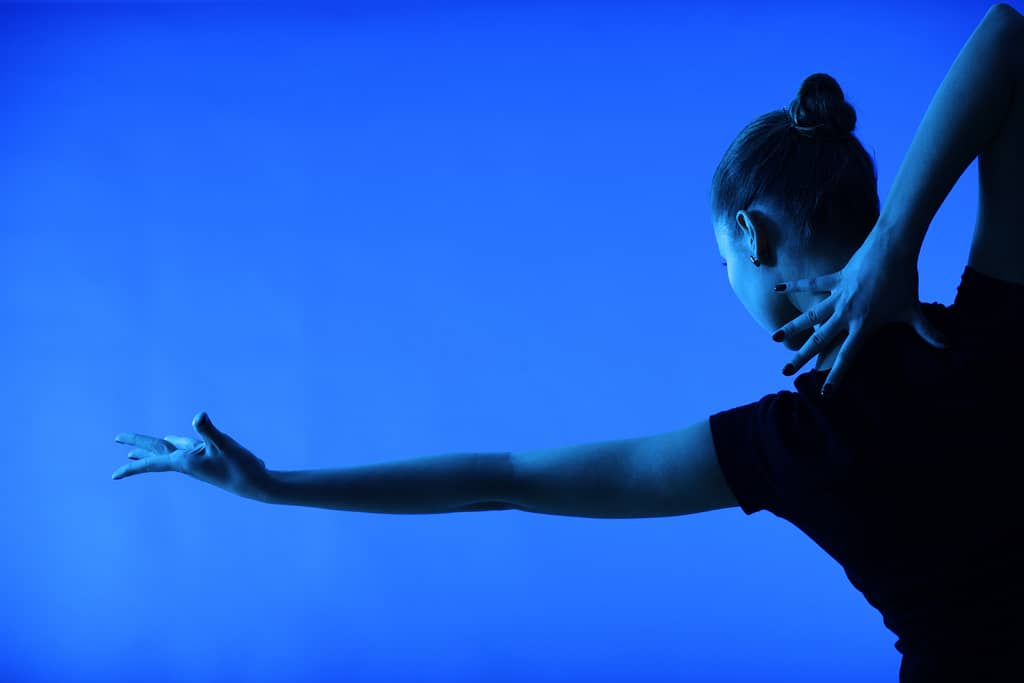
Allow yourself the freedom to embrace the full range of possibilities of self-expression. Allow your heightened state of awareness to help you reach the deep level of inner truth where your true self and the source of your richest and most original ideas are waiting.


